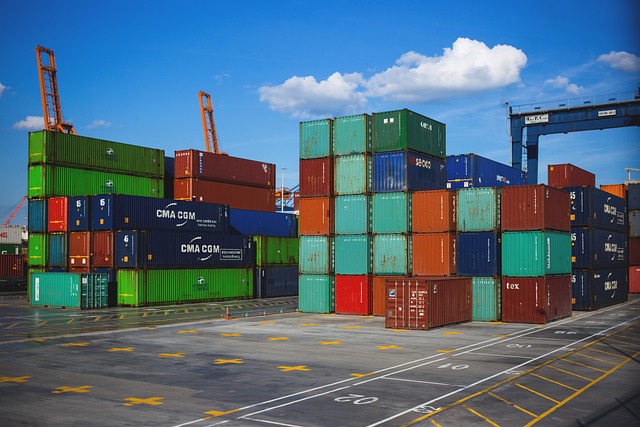Navigating Import and Export Rules for Cross-Border Car Transfers
Cross-border car transfers involve more than moving a vehicle from point A to point B. Owners and dealers must consider customs rules, documentation, transport logistics, and technical requirements that vary by country. This brief overview highlights the core steps and practical considerations to plan a compliant transfer.

Transferring a vehicle across borders requires careful preparation to meet regulatory requirements and avoid delays. Before shipping, confirm the target country’s import rules, necessary documentation, and whether temporary permits are available. Consider ownership records, financing liens, and resale implications. Mechanical condition, diagnostics, and a pre-export inspection can prevent issues at customs and support insurance and resale value.
Inspection and Diagnostics
A certified inspection is often required before export or upon import. Inspections verify vehicle identity, odometer readings, and roadworthiness; diagnostics can reveal hidden faults that affect customs clearance or insurance eligibility. Keep records of maintenance and repairs to demonstrate proper upkeep, and obtain any emissions or safety certificates required by the receiving jurisdiction. Performing a diagnostic scan prior to transport reduces the risk of mechanical problems during shipping and eases registration later.
Compliance and Emissions
Different countries enforce distinct emissions and safety standards. Compliance may require modifications, such as changes to lighting, emissions control systems, or safety features. Verify whether the vehicle meets the receiving country’s homologation rules or if an exemption is available for older or special-purpose vehicles. Document all compliance-related work and retain receipts. Failing to meet emissions rules can lead to fines, rejection at entry, or mandatory corrective repairs.
Shipping and Ownership transfer
Selecting an appropriate shipping method — roll-on/roll-off, container, or air freight — depends on cost, urgency, and vehicle type. Accurately document ownership transfer: original title, a bill of sale, and notarized power of attorney if using an agent. If the vehicle is financed, coordinate with the lender to clear liens or obtain export authorization. Customs requires precise VIN and title data to match shipping manifests and entries; mismatches cause delays and potential penalties.
Insurance and Financing considerations
Confirm insurance coverage during transit and after import; standard domestic policies may not cover international transport or use in the destination country. Temporary transit insurance and cargo insurance protect against damage during shipping. If financing is involved, check whether the lender permits cross-border transfers and how ownership and title are handled. Financing terms can affect resale and registration; ensure the lender’s requirements are satisfied before export.
Maintenance, Repairs and Telematics
Address outstanding maintenance and repairs before export to reduce liability and simplify inspections. Vehicles with telematics or embedded tracking/diagnostics systems may require adjustment for regional service networks or data privacy rules. Disable or deregister subscription services linked to the vehicle if they are region-restricted, and provide buyers or import authorities with service history records. Proper maintenance records improve resale prospects and support warranty transfer or local repairs in the destination country.
Electric, Hybrid and Charging infrastructure
Electric and hybrid vehicles have additional considerations: battery regulations, transport restrictions, and local charging compatibility. Many carriers require special handling for lithium-ion batteries and may impose limits on state of charge during shipping. Research charging standards and available local services in your area to ensure the vehicle will be usable after import. Warranty coverage and diagnostics tools for EVs and hybrids can be region-specific, affecting repairs and resale value.
Conclusion Cross-border vehicle transfers combine regulatory, technical, and commercial factors. Preparing valid paperwork, confirming emissions and safety compliance, addressing financing or lien issues, and ensuring proper inspections and diagnostics will smooth import and export processes. Consider transport insurance, the implications for maintenance and resale, and any telematics or battery-related requirements for electric or hybrid models to reduce unexpected costs or delays.





